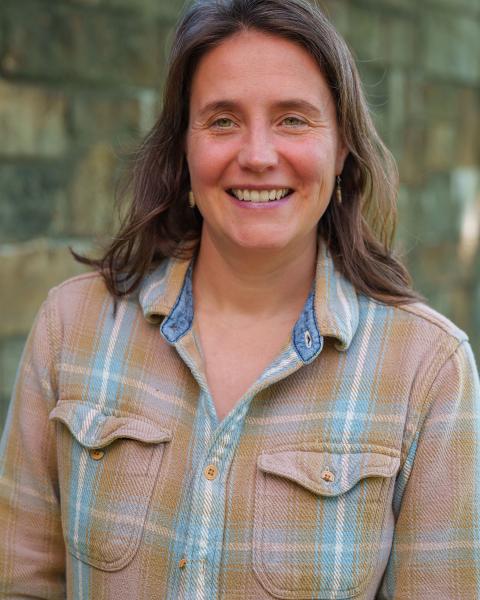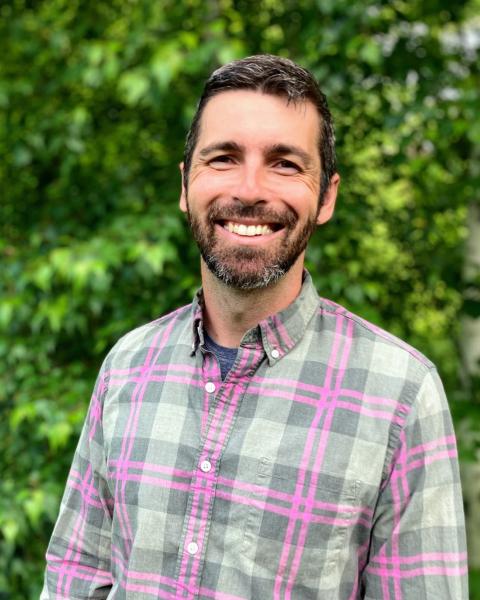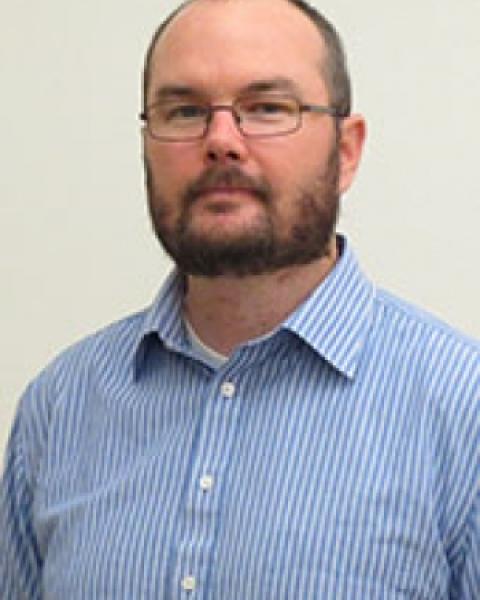Key Findings

Cover crop seeding rate recommendations are provided in pounds per acre. While these recommendations allow farmers to easily calculate seed orders based on their acreage, differences in seed sizes mean that producers may not actually see as many cover crop plants emerge as they had expected.
Research led scientists at COLSA and NHAES outlines a rationale for why cover cropping recommendations should include using pounds per acre and density-based seeding rates that account for the actual seed count—mirroring the population-based approach common in cash crops.
This research first published in Agricultural & Environmental Letters.
Researchers: N. Lounsbury, N. Warren, J. Hobbie, H. Darby, M. Ryan, D. Mortensen, R. Smith
The use of cover crops is becoming more and more widespread in New Hampshire and across the country as farmers, agriculturalists, political leaders and the public recognize the value of these crops to improving soil health; reducing erosion; controlling pests, diseases, and weeds; and increasing biodiversity. According to the US Department of Agriculture, the use of cover crops has risen between 2012 and 2017—from 10.3 million acres to 15.4 million acres in the US and from 5,025 acres to 8,326 acres in New Hampshire. As this land management practice is becoming more adopted, there is an increased need for research-based management recommendations for commercial growers.
Best management practices for cover crop seeding rates are not well-developed. In a commentary published in Agricultural & Environmental Letters, researchers with the New Hampshire Agricultural Experiment Station recently reported on a way to improve research and recommendations for cover crop seeding rates by accounting for seed size. Typically, cover crop seeding rate recommendations are provided in pounds per acre, and while these recommendations allow farmers to easily calculate seed orders based on their acreage, differences in seed sizes mean that producers may not actually see as many cover crop plants emerge as they had expected.
Natalie Lounsbury ‘21G, currently a postdoctoral fellow at UNH, and her co-authors outline a rationale for why cover cropping recommendations should include using pounds per acre and density-based seeding rates that account for the actual seed count—mirroring the population-based approach common in cash crops.
“Ultimately, we’d like seed companies to put that seed count info on their cover crop seeds as well – as a service to the farmers,” said NHAES scientist Richard Smith, an associate professor in the natural resources and the environment department. “More and more farmers are investing in cover crops. Knowing how many seeds they are planting will better inform their decision-making.”
Figure 1: Using only mass-based seeding rates obscures potentially important seed size differences between cover crop seed lots. The two bags from hypothetical Lots 1 and 2 (top) contain the same total mass (51 kg or 112 lb) of winter rye seeds. However, because seed size differs between the lots (middle), the seed counts (number of seeds per unit mass) also differ dramatically. If planted at a standard rate of 125 kg ha–1 (112 lb acre–1), Lot 1, in which the seed count is 26,400 seeds kg–1 (12,000 seeds lb–1), leads to 3.0 million plants ha–1 (1.2 million plants acre–1), whereas Lot 2, in which the seed count is 48,400 seeds kg–1 (22,000 seeds lb–1), leads to 5.5 million plants ha–1 (2.2 million plants acre–1) (bottom), assuming 90% emergence for both. Illustration courtesy of Sydney Smith.
This material is based on work supported by the NH Agricultural Experiment Station through joint funding from the USDA National Institute of Food and Agriculture (under Hatch award number 1016232) and the state of New Hampshire. Additional support is from the USDA National Institute of Food and Agriculture (under Foundational and Applied Science program award number 1028307). Additional funds and came from USDA-NIFA postdoctoral fellowship award number 2022-6701236677. Co-authors include N. Lounsbury, N. Warren, J. Hobbie, H. Darby, M. Ryan, D. Mortensen and R. Smith.
ABOUT THE CO-AUTHORS
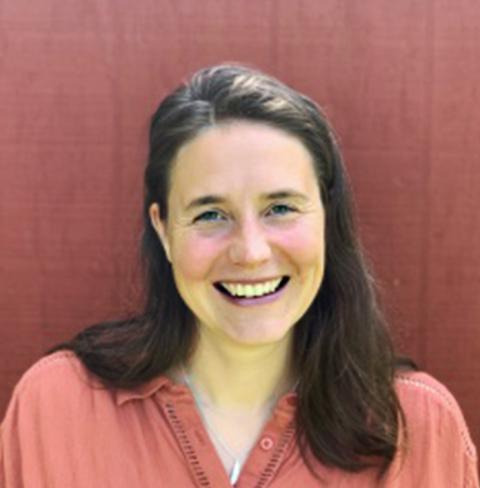
Natalie Lounsbury, postdoctoral researcher, Department of Agriculture, Nutrition and Food Systems
Contact information: Natalie.Lounsbury@unh.edu, UNH Agroecology Lab website

Richard Smith, associate professor, Department of Natural Resources and the Environment
Contact information: Richard.Smith@unh.edu, 603-862-2724, UNH Agroecology Lab website
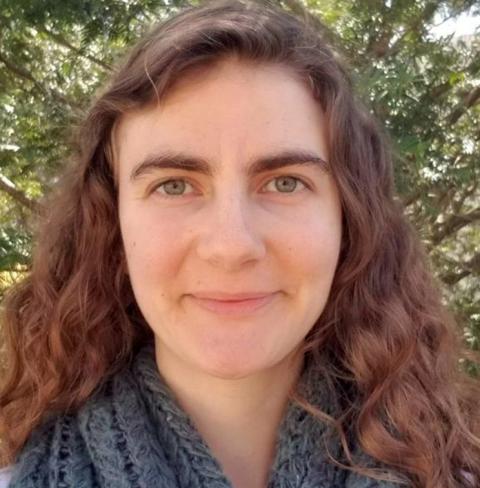
Julia Hobbie, research technician, Department of Natural Resources and the Environment
Contact information: Julia.Hobbie@unh.edu, UNH Agroecology Lab website

Nicholas Warren, research scientist, Department of Natural Resources and the Environment
Contact information: Nicholas.Warren@unh.edu, 603-862-5304, UNH Agroecology Lab website

David Mortensen, professor, Department of Agriculture, Nutrition, and Food Systems
Contact information: David.Mortensen@unh.edu, 603-862-2152, UNH Agroecology Lab website

